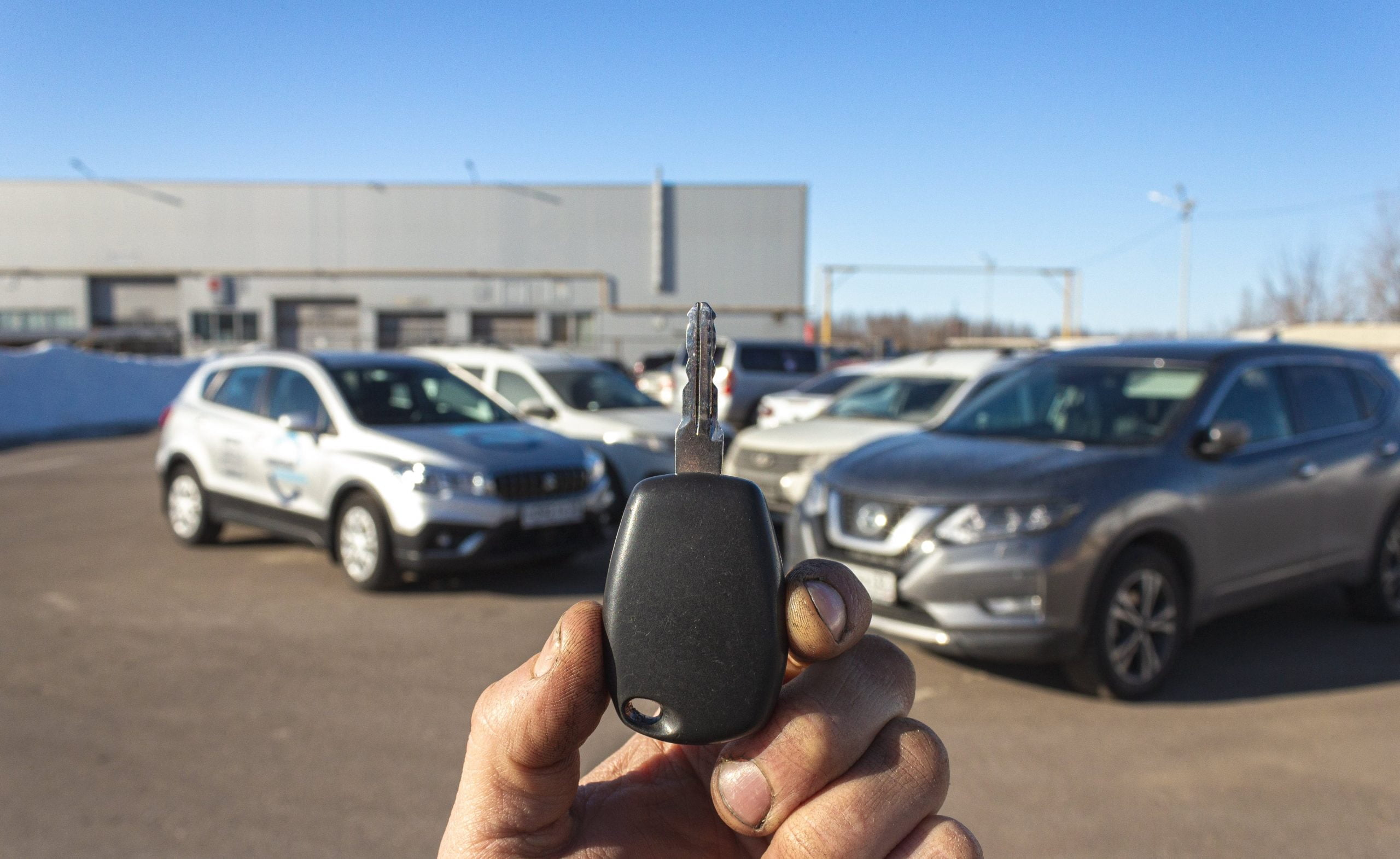When you buy a new car or purchase auto insurance, you should probably understand the common types of coverage available in auto insurance. The different types of auto insurance protection protect you, your passengers and your vehicle if you are involved in a car accident.
Six common options for auto insurance protection are auto liability insurance, underinsured and uninsured auto insurance protection, full insurance protection, collision protection, insurance protection illness, and personal protection. Depending on where you live, some of these covers are mandatory and others optional. If you know what is required in your state and what each cover, you can choose the right coverage for your situation.

1. GUARANTEE OF LIABILITY
Liability insurance is mandatory in most states. Drivers are legally obliged to take out at least the statutory minimum liability insurance. Liability insurance has two components:
Liability for bodily injury can help cover the cost of injury to others in the event of an accident.
Liability for property damage can help pay for the damage you cause to someone else’s property while driving.
2. UNCOVERED AND UNINSURED MOTORCYCLE COVER
If you are run over by an uninsured driver, uninsured car insurance can help pay your medical bills or, in some states, repairs to your vehicle. If you are hit by an underinsured driver, it means they have auto insurance, but your liability restrictions are not sufficient to cover the resulting medical costs. Underinsured auto insurance can help you here.
Coverage for uninsured and underinsured vehicles is required in some states, optional in other states.
3. FULL COVERAGE
Complete can help cover damage to your car caused by theft, fire, hail, or vandalism. If your car is damaged by a covered hazard, full coverage can help pay for the repair or replacement of your vehicle (up to the actual cash value of the vehicle). This coverage has a deductible. This is the amount you pay out of your pocket before your insurer reimburses you for a covered claim.
Optional coverage is generally optional, but your lender can request it when you rent or pay for your vehicle.
4. COLLISION COVERAGE
If you are involved in an accident with another vehicle or encounter an object such as a fence, collision coverage may help pay for the repair or replacement of your car (up to actual cash value, less your deductible ).
Collision coverage is generally optional. However, this can be requested by the lessee or the lender of your vehicle.
5. COVER OF MEDICAL PAYMENTS
If you, your passengers, or your family members driving the insured vehicle are injured in an accident, medical payment coverage can help cover the cost of injury. Costs covered may include hospital visits, surgeries, x-rays, etc. Medical coverage is mandatory in some states and optional in others.
6. PROTECTION OF PERSONAL INJURIES
Personal Protection (PIP) is only available in certain states. As with medical coverage, PIP can help you pay for your medical expenses after an accident. PIP can also help cover other costs related to your injuries, such as B. Child care expenses or loss of income. Personal protection is required in some states, optional in other states if available.
OTHER TYPES OF AUTO INSURANCE
Depending on your situation, you can add the following optional coverages to your auto insurance. Your insurance agent can help you understand what everyone is covering for you so you can develop a policy that’s right for you.





